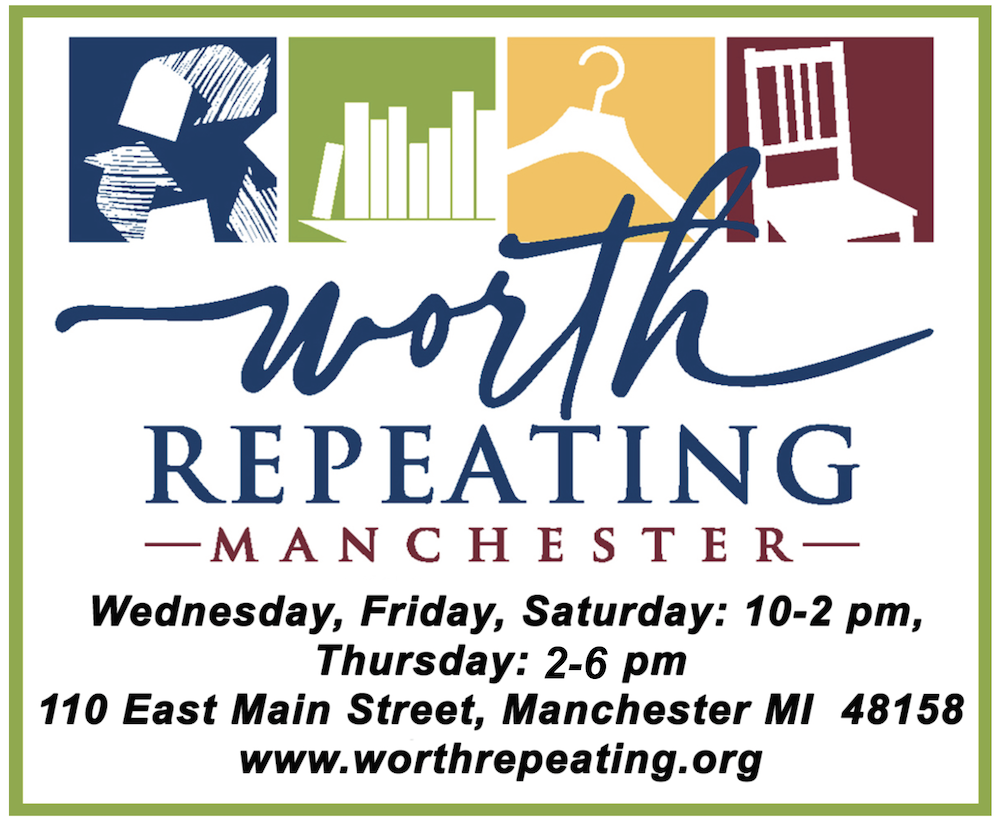Michigan ‘lifelong education’ department turns 1, touting growth in free pre-K, college

Gov. Gretchen Whitmer created the Michigan Department of Lifelong Education, Advancement in December of 2023. Photo credit: Chiarascura / Shutterstock.com.
by Isabel Lohman (Bridge Michigan)
When Gov. Gretchen Whitmer announced she was creating a department to focus on pre-K through college, there were skeptics.
One year later, the director of the Michigan Department of Lifelong Education, Advancement, and Potential says she’s proud of MiLEAP’s work so far.
“We have really done well with expanding our access to pre-k for all and really lowering the cost of college,” Beverly Walker-Griffea told Bridge Michigan in a year-end interview. “And so when you look at all of that, I think you’d say that we have done a great job, for a start, for a new department.”
MiLEAP oversees childcare licensing, free Pre-K and state scholarship initiatives; efforts previously housed in other state departments, including the Michigan Department of Education, a move that has frustrated some members of the State Board of Education.
In creating the department, Whitmer stressed the need to better support students at both ends of their educational journey: preschoolers headed toward kindergarten and young adults after graduation from high school.
MiLEAP also serves a function that critics of the prior system had demanded for years: make the governor’s office more directly accountable for educational performance in the state, where students have continued to struggle on standardized tests.
Walker-Griffea said she is particularly proud of Michigan expanding pre-K access, supporting childcare programs with grants, removing some requirements for people to qualify for no-cost or low-cost childcare programs and awarding more than 1,900 scholarships to early childhood educators.
There are 45,171 students enrolled in the state’s free pre-K program, which lawmakers recently expanded through the annual budget process, according to MiLEAP’S review of preliminary reports from intermediate school districts.
That’s an almost 10% increase from the previous year, and it’s the highest enrollment number in a decade, according to MiLEAP. Final reporting numbers are typically published in early May.
MiLEAP presented those numbers to the State Board of Education members in mid-December, where Board President Pamela Pugh, a Democrat, suggested the program was moved to the new department “for politics.”
Nikki Snyder, one of two Republicans on the board, told Bridge she supports ensuring students have access to free pre-K but has concerns about implementation.
“We have quite a ways to go before we would ever have a budget that you could service pre-K for all,” Snyder said. “That is a concern of mine: is whether or not the leadership in MiLEAP is really considering the totality of that goal. It’s very lofty. And I think lofty goals aren’t a bad thing. I just think that you have to be very forward thinking.”
Since the high school class of 2023, the state has offered the Michigan Achievement Scholarship, which provides up to $27,500 over five years for students to earn a bachelors degree.
Lawmakers this year also approved the community college guarantee, which provides free tuition and fees for most community college and tribal college students.
This fall, more than 56,100 Michigan students are getting free or reduced-cost tuition through the state scholarship programs, Whitmer recently announced.
Michigan students and families are saving a combined $131.5 million — 2,345 per student — as a result, according to the administration.
“Our biggest accomplishment is that we have really been moving people towards the state’s Sixty by 30 goal,” said Walker-Griffea, referring to the state’s goal of getting 60% of working age adults to have a college degree or skills certificate by 2030.
There’s work to do: That number currently stands at 51.1%.
MiLEAP also oversees the Michigan Reconnect program, which pays for adults without a college degree to attend community college tuition-free.
Lawmakers temporarily expanded eligibility to people young as 21 and are trying to allow the state to keep the lower age limit through 2032, assuming there are state funds available.
The state does not yet have the data on the impact of that expansion, “but we believe that anytime that you’re offering more people this opportunity, it pays off automatically for the state because that’s one more person that’s prepared in order to stay in Michigan,” Walker-Griffea said.
She said she would like to see an increase in the number of people completing the Free Application for Federal Student Aid, also known as the FAFSA.
An estimated 43% of the Michigan high school class of 2024 completed the FAFSA by the end of June, according to the National College Attainment Network. That rate has grown since then to about 53%.
State leaders allocated $10 million in the current education budget for school districts to implement these policies and pay for efforts to increase FAFSA completion.
More than 70 school districts and charter schools have expressed interest in the initiative, according to MiLEAP. It anticipates distributing the funds to districts no later than January 31, 2025.
Walker-Griffea said the department is “not just about giving scholarships,” but instead also supports initiatives “to attract, retain and graduate” students.
The state has a roughly $45 million grant program to help community colleges and tribal colleges to increase student success, and MiLEAP also formed a task force designed to understand ways to help students who face insecurity with basic needs such as housing or food.
The state has invested heavily into student scholarships and grants so attending college is more affordable. MiLEAP is also working to ensure students complete college as well.
This article is being republished through a syndication agreement with Bridge Michigan. Bridge Michigan is Michigan’s largest nonprofit news service and one of the nation’s leading and largest nonprofit civic news providers. Their coverage is nonpartisan, fact-based, and data-driven. Find them online at https://www.bridgemi.com/.








You must be logged in to post a comment Login